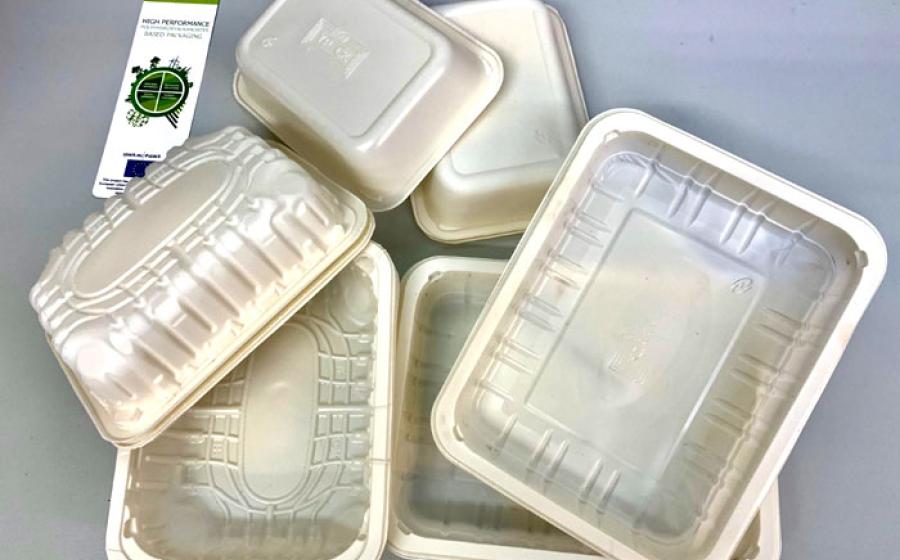
display_title
EU Project YPACK Develops Innovative Biodegradable Food Packaging Extending Food Shelf Life
Categories
Short Description
Brussels – Plastic pollution and disposal of single use plastic packaging is a huge sustainability issue in need of innovative solutions: latest results from the EU-funded project YPACK show that an innovative formulation of active ingredients could allow this biodegradable food packaging to prolong the shelf life of foods and therefore reduce food waste. Over the past couple years, YPACK has developed a bio-based plastic alternative to traditional plastic food packaging. YPACK’s compostable packaging is made from a sustainable biopolymer, poly(3-hydroxybutyrate-co-3-hydroxyvalerate) (PHBV), produced from industry by-products cheese whey and micro-cellulose from almond shells. Biodegradability tests show full degradation within the regulated 90 days.
